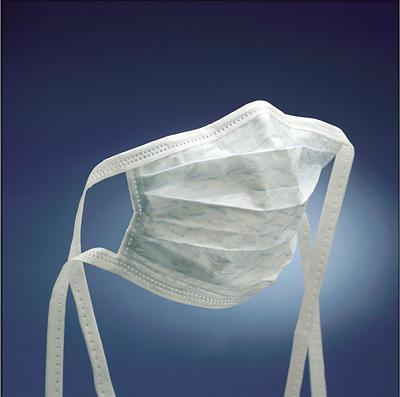How Medical Research Leads to New Patent Ideas
A new patent pending medical device – based on scientific research – proves even simple innovations to existing products can be very lucrative.
Surgical masks haven’t changed too much since 1918. It was the year of the Spanish Flu pandemic, and surgeons adopted cotton gauze masks during surgery to protect themselves from patient diseases.
The interest in masks as germ barriers was based on the work of Joseph Lister, who developed asuccessful system of antiseptic surgery (based on Louis Pasteur’s’ at the time controversial germ theory).
Since then, there has been much innovation in surgical masks. Lighter materials. More comfortable straps. Anti-glare strips. And of course, bacterial filtration. All worthy of new patents.
A New Patent for an Old Medical Invention
Despite all the new additions, one major problem remained…unique facial features.
Since surgical masks are a mass-produced item, there is no possible way for them to perfectly fit every face. And surgical masks that do not have a completely air-tight fit do not completely prevent the spread of germs.
A new medical patent aims to change that.
I recently came across a press release about a patent from Cantel Medical Corporation for a new type of surgical mask. And it shows how medical research can lead to new patents. Click here if you would like to read the press release. One paragraph in particular reveals how this new patent resulted directly from a medical study:
A recent study, published in the September 2010 issue of the American Journal of Infection Control quantified the ability of medical face masks to minimize the spread of infection. The study, entitled "Quantifying Exposure Risk and Mask Protection," found that a tighter-fitting mask may offer as much as 100-fold greater infection control benefit than standard, loose-fitting masks.
The press release goes on to explain how ill fitting masks are "rolling out a red carpet for dangerous infectious material to bypass the mask" and that proper fitting face masks are cheap insurance against infectious disease.
Takeaways for the Medical Device Inventor
Studies and medical research are great starting points for possible medical patents for two reasons:
Facts and figures of what needs to be improved
Usefulness is one of the first criteria the patent examiners use to determine if an idea is patentable. The study mentioned above found that "tighter-fitting masks may offer as much as 100-fold greater infection control benefit than standard, loose-fitting masks."
Proof there is a need.
There isn’t much good to a new medical or dental idea, unless there is a need, or demand for the innovation. Looking into medical studies is one way to try and keep your finger on the pulse of medical demand. Including a reference to the study in the patent application is sometimes a good idea and can be very persuasive to a Patent Examiner of this need.
Spending some time digging through medical research could give you the next big idea.
https://www.medicaldevicepatentattorneys.com/2010/10/how-medical-research-leads-to-new-patent-ideas/trackback/
